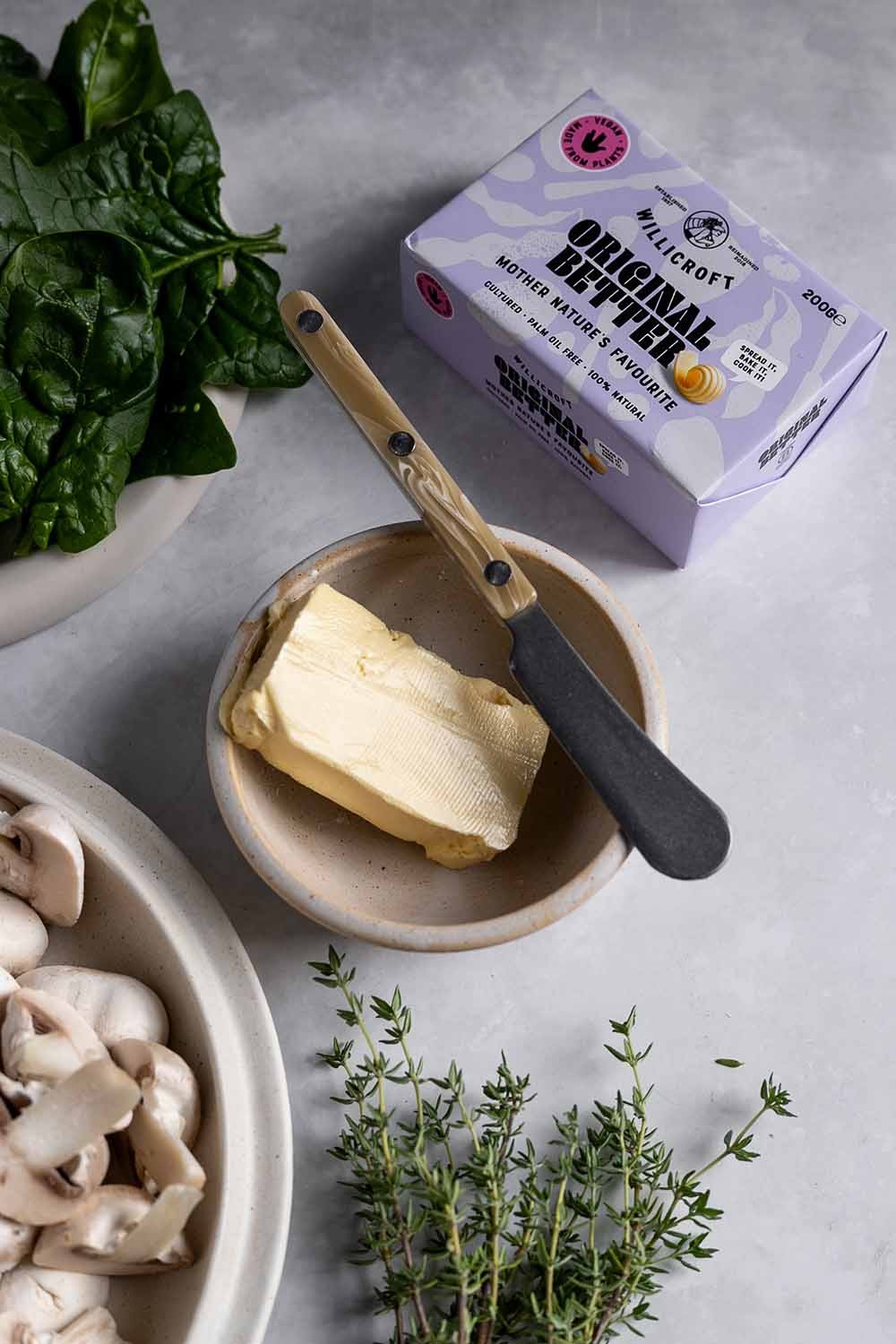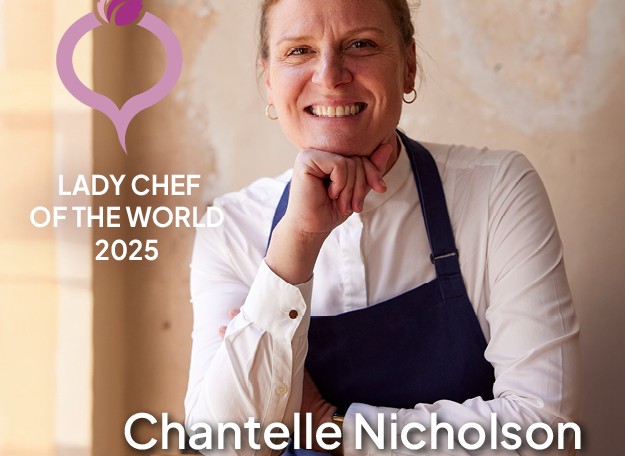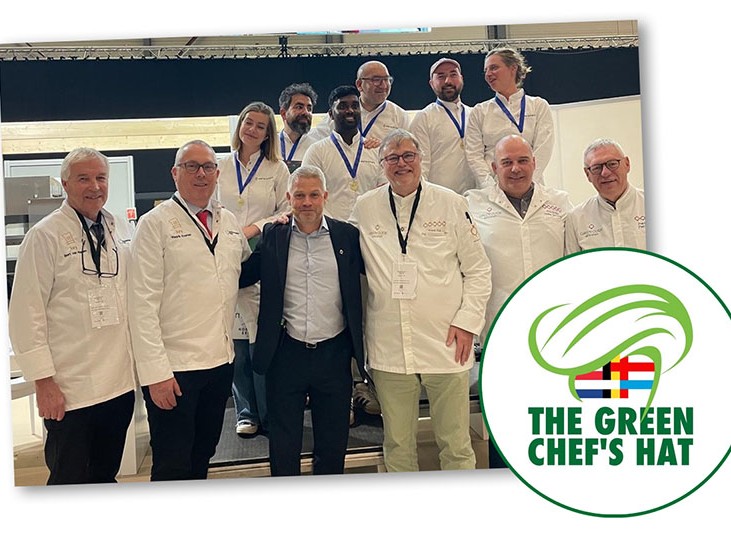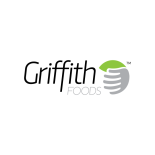Innovation in plantbased butter: Original Better fooled 150 chefs
Last September, the crème de la crème of the best Vegetable Restaurants gathered. Over 150 top chefs, critics and food journalists came to a gala dinner to celebrate the launch of ‘Radilicous’, a book filled to the rim with inspiration of top pure plant chefs. It is rare to find so many likeminded people in one room. It was an opportunity amongst colleagues, to compare dishes, rankings and be jolly. And discuss the challenges of creating 100% pure plant menus. The most mentioned ingredient was butter. The magical ingredient which chefs like to use generously. Fine butter -carefully selected- gets served in the bread course, enriches cakes and patisserie, creates the lamination in viennoiserie, bastes an oven roasted celeriac and is a trusted liaison for sauces. That perfect velvety finish!
Thankfully we live in times of radical innovation and changing customer preferences. There is a growing interest in healthy and nutritious food, and a higher demand for vegan and lactose free dishes. Innovative chefs are looking for a way to remove dairy butter from their larder altogether. If they can find a worthy alternative, they can make the same unctuous sauce or deliciously creamy entremets for all their customers instead of and making two varieties. This would mean less complexity in production and service, leaving a better margin on the table.
Back to the gala diner. Where two chefs are debating whether you can make a great tasting brioche without dairy ingredients. One makes his own ‘butter’, the other uses Flora Plant. “For baking, because it keeps its consistency really good”, he says. Waving with a piece of gorgeous sourdough slathered with a generous slab of golden butter he says: “. “And this is why it is so difficult. You can’t copy this”. The slightly salty butter has such a great taste and texture, this must be the real thing they conclude.
If the taste is good enough for the most critical audience in the world….
Tom Bosch van Rosenthal -operational director for We’re Smart- laughs: “We got a lot of comments and questions from compassionate chefs. Not happy that we dared offering real butter at this dinner. But they were part of an informal test panel for a new plant based butter. The product was still in development, and we were in the middle of discussing a partnership with Willicroft. Before we sign a deal we have to get a fresh view on the acceptability of their Original Better. Because it is all about the taste! And that confirmation was overwhelmingly achieved, so we signed a partnership”. He continues; “It is true innovation. Original Better behaves and tastes like butter. Precise fermentation techniques -similar to that of dairy butter, creates the fresh pasture aroma. And enhance the salty impression, even though the salt level is lower than regular salted butter. It has a clean label with only natural ingredients (shea butter, coconut oil, fermented European soy extract, rapeseed oil, water, carrot juice, salt and lecithin). With 7,5 gr less saturated fats per 100 gr, this is both good for health and the planet. It is vegan and (almost) organic. No lactose traces. And it comes with seven times lower carbon emission. What is not to like?”

Tested and tried by top professionals
Brad Vanstone, grandson of dairy farmers and the founder of Willicroft: “Pastry chefs and bakers were involved in the development. Their feedback in the initial trails like: too yellow, too salty, not enough salty, great lamination, behaves like butter helped to create the final product. Selma’s Nordic bakery replaced the margarine in their signature cinnamon rolls. SOIL – a vegan café chain- uses our plant-based butter in a number of dishes for the clean and bold buttery flavour, the versatility and its hint of acidity. Sebastian Frank, Head Chef at Hörvath (4 radishes **) in Berlin decided : It is a 1 to 1 replacement to regular butter, because it tastes and bakes/fries just like Butter”.
Data driven evidence that replacing butter has a significant impact
Joris Bijdendijk is a double-Michelin-starred restauranteur at RIJKS (5 radishes and *) and Wils (*) in Amsterdam. His focus on the provenance of ingredients sets a lead for other gastronomes to follow. Joris champions sustainability, and the impact the food industry has on the environment. His restaurants, adopted principles such as the origin and seasonality of ingredients, looking to reduce waste, using entire animals and less popular cuts of meat. But he was lacking the scientific data to back up his gut feeling. Deloitte helped to gather data on over 6000 ingredients and their impact on a healthy planet. The outcome was clear: within the CO2 impact category, the following ingredients contribute the most at RIJKS: beef and butter. With his mission in mind Bijdendijk, put Original Better to the test for foams and sauces. “This was the best plant based butter he ever tried”, told Bijdendijk founder Vanstone.

Queues around the block for plantbased vienoiserie by Eleven Madison Park (NY)
In April customers were waiting patiently for the new pop-up with plantbased pastry made by executive pastry chef Laura Kroning of Eleven Madison Park (5 radishes). She was most nervous about recreating their flaky bread when the restaurant went 100% plantbased in 2021. She explains on the site how she started with the bread chef experimenting with new kinds of plant-based binders, butters, and flavourings – to achieve familiar, tastes, smells, and textures. To get just the right colour, they added amazake, a Japanese, fermented rice drink with sugars that turn slightly golden as they cook. To bind the dough, they used aquafaba. To get that nutty, savory flavour, they added baked yeast. The result is a simultaneously light and rich bread roll that is soft and doughy on the inside, and crispy and flaky on the outside. The butter chosen for their pastry is Tourlami, a professional product available only in the USA.



















